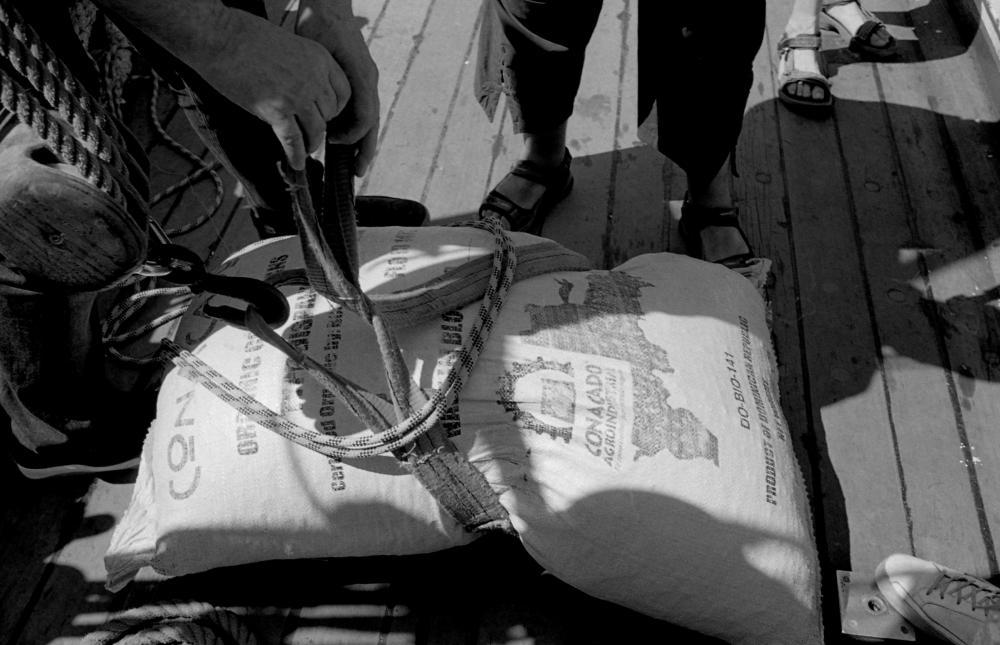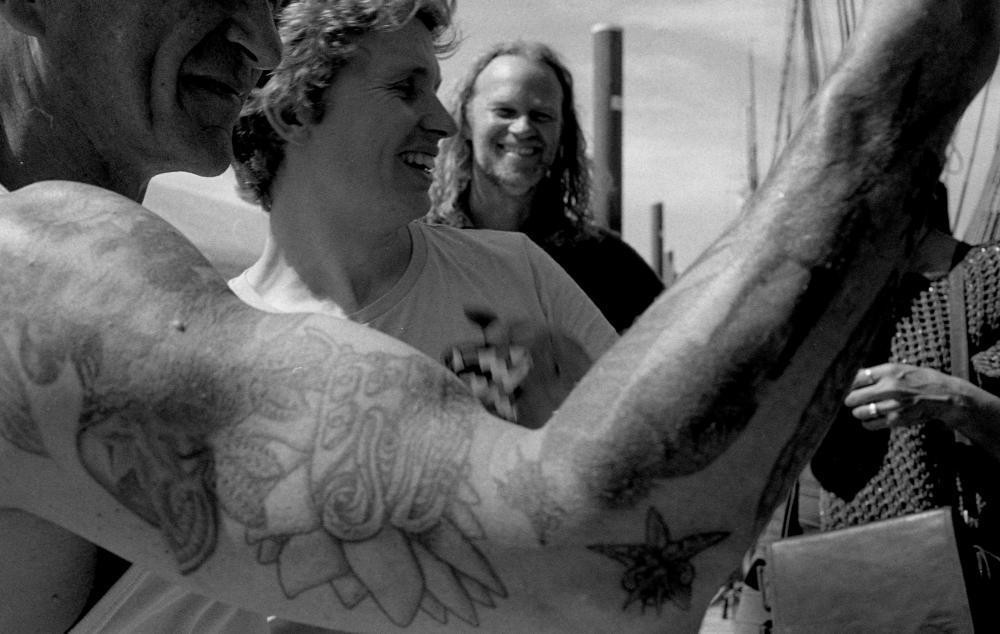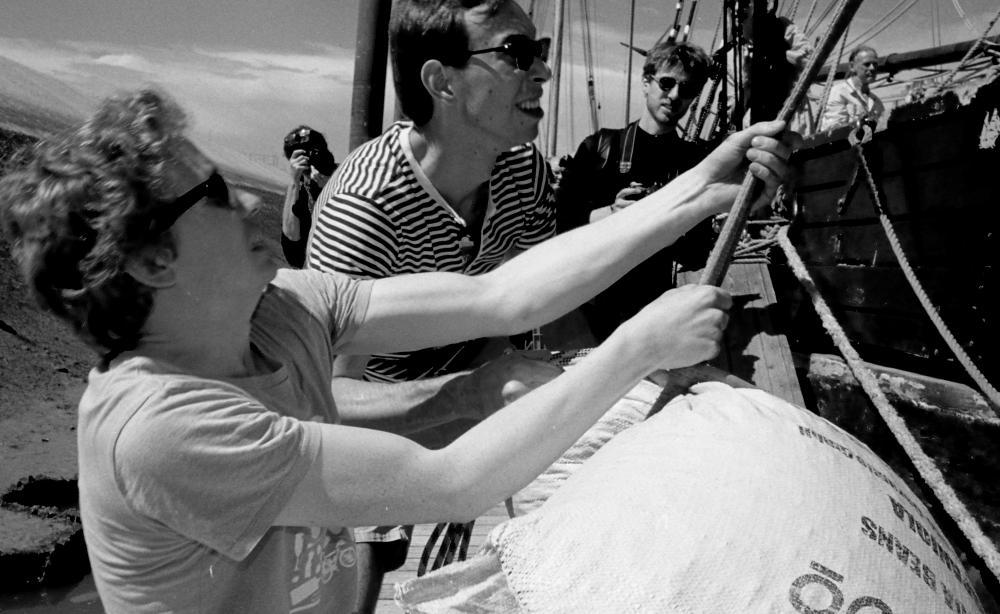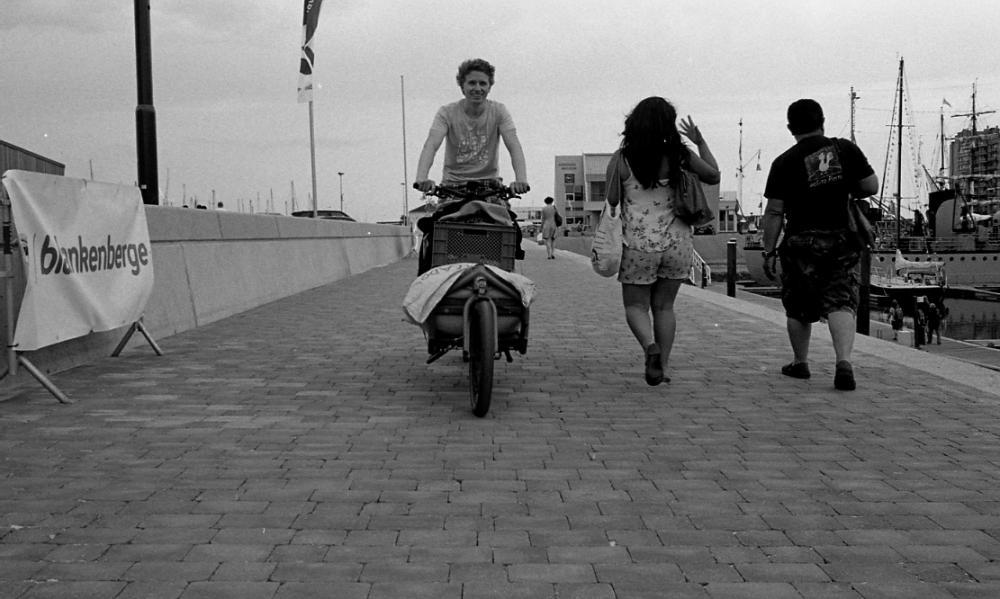Captain Chocolate, set sail for a cleaner bite

Chocolate, a word, a name, that covers this sweet bittersweet temptation appealing to many, especially women, right? Today unfortunately it has lost a part of its true value as it has become a main flavouring ingredient in various biscuits and other sweets. Unfortunately? Not entirely of course. The downside of this evolution is the upscaling of the production, at the cost of quality, but more important is it detrimental to the labour conditions of the farmers, especially in Western Africa. Have a look at the documentary The Dark Side Of Chocolate by Miki Mistrati to get a closer look into it. Our daily choices as consumers impact the lives of farmers all around the globe, and will sooner or later get back to us, for sure. That’s why at Kitchenroots we believe in an internasocial society, an idea that comprises the responsibility that comes with the choice of our goods. Read it between the lines on the page of My Roots and on the insightful page dedicated to this renewing idea: Internasocial Society.

Back to chocolate, this sweet result of the versatile fruit slowly but surely unravelling its mysteries to us. Could we be the first ones to produce a bean-to-bar chocolate in Ghent? And always taking it one step further we pick our ingredients very carefully. No cacao from Western Africa obviously, at least not as long as the working conditions haven’t been improved and guaranteed. Our very first genuine big bag of cacao beans comes from the Dominican Republic, and what an entrance?! Sailed all the way from the Caribbean on the Tres Hombres ship using solely the energy of the wind. Amaury {Happea} and Ann {Curiosithee}, two of our closest friends and greatest believers joined us on the journey to collect the beans at the port of Blankenberge in Belgium. By bike of course, how could it be any different…

We gave you a short insight on chocolate making in the first episode about chocolate: Chocolate, A Bittersweet Temptation Unwrapped. But our current method is simplified in many ways and very much intuitive, as is our cooking style. Slowly but surely the equipment is being upgraded and when the time is ripe a physical culinary atelier will follow to sell our bars to you personally. The Tres Hombres could also bring sugar and salt by boat, which would lower our impact on the environment even more thanks to the zero emission transport method. A bit precarious maybe, but the chocolate making as such was a dream since a long time as well and is getting more tangible by the day.
After roasting our beans in the oven, they’re broken by hand with a cacao mill and then sieved before being winnowed with a hairdryer. Winnowing means the nibs are separated from the husk, a quite messy and time-consuming task ideally done outside. That’s why we’re planning on building a seed separator that should serve as winnower anytime soon, part of the modest upscaling we intend to produce a commercially interesting amount of premium bean-to-bar chocolate.
Next is the grinding of the sugar and cacao nibs and the conching of the chocolate, two steps we somehow apply together in our wet stone grinder machine for about 48 to 72 hours. The duration partly depends on the texture you intend, personally we like our chocolate very smooth in the mouth, soft and creamy. And creamy doesn’t necessarily mean we had to add milk powder to the liquor, an impression that can occur as a result of the specific identity of the beans. The very last stage of chocolate making is quite tricky; tempering is crucial to homogenize the cacao butter in order to assure a crispy bite and beautifully shiny chocolate, but more importantly to make sure the bars can easily be released from the moulds.
We still need some practice with the tempering, but repetition is the mother of all skills, isn't it?
Want to join us next time to collect the cacao beans from the harbour by bike? Just shout and be welcome, for a better and tastier world!
To getter a fuller and deeper understanding of bean-to-bar chocolate I would strongly recommend the book Chocolate: Indulge Your Inner Chocoholic by Dom Ramsey. Dom has a shop and atelier in London where he experiments with chocolate and develops very interesting flavours.


Comments
Ik wil graag helpen bij de volgende lading! Ik woon in Gent en fiets met een Urban Arrow elektrische bakfiets met fietstassen. Veel laadruimte dus! Groetjes, Lotte